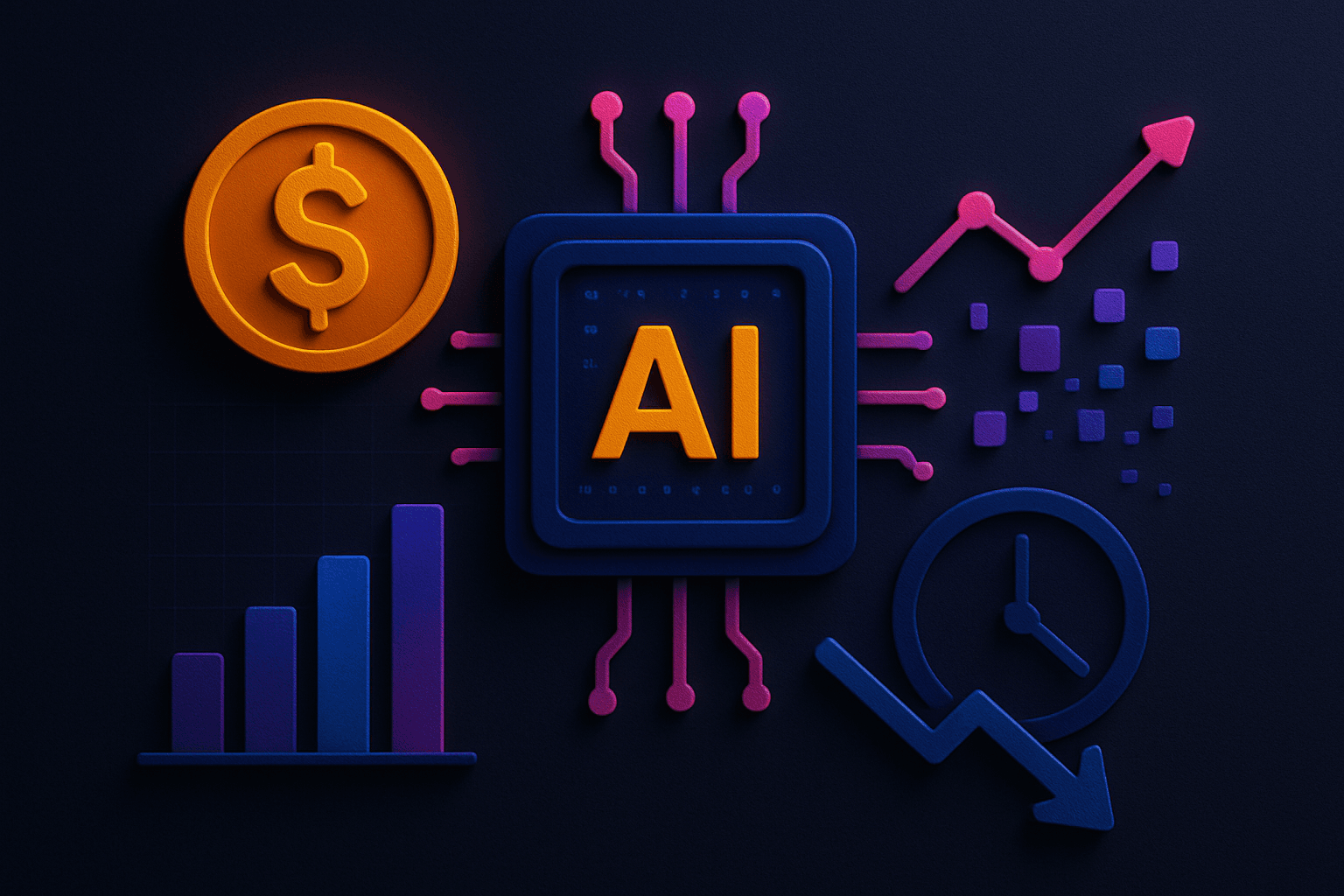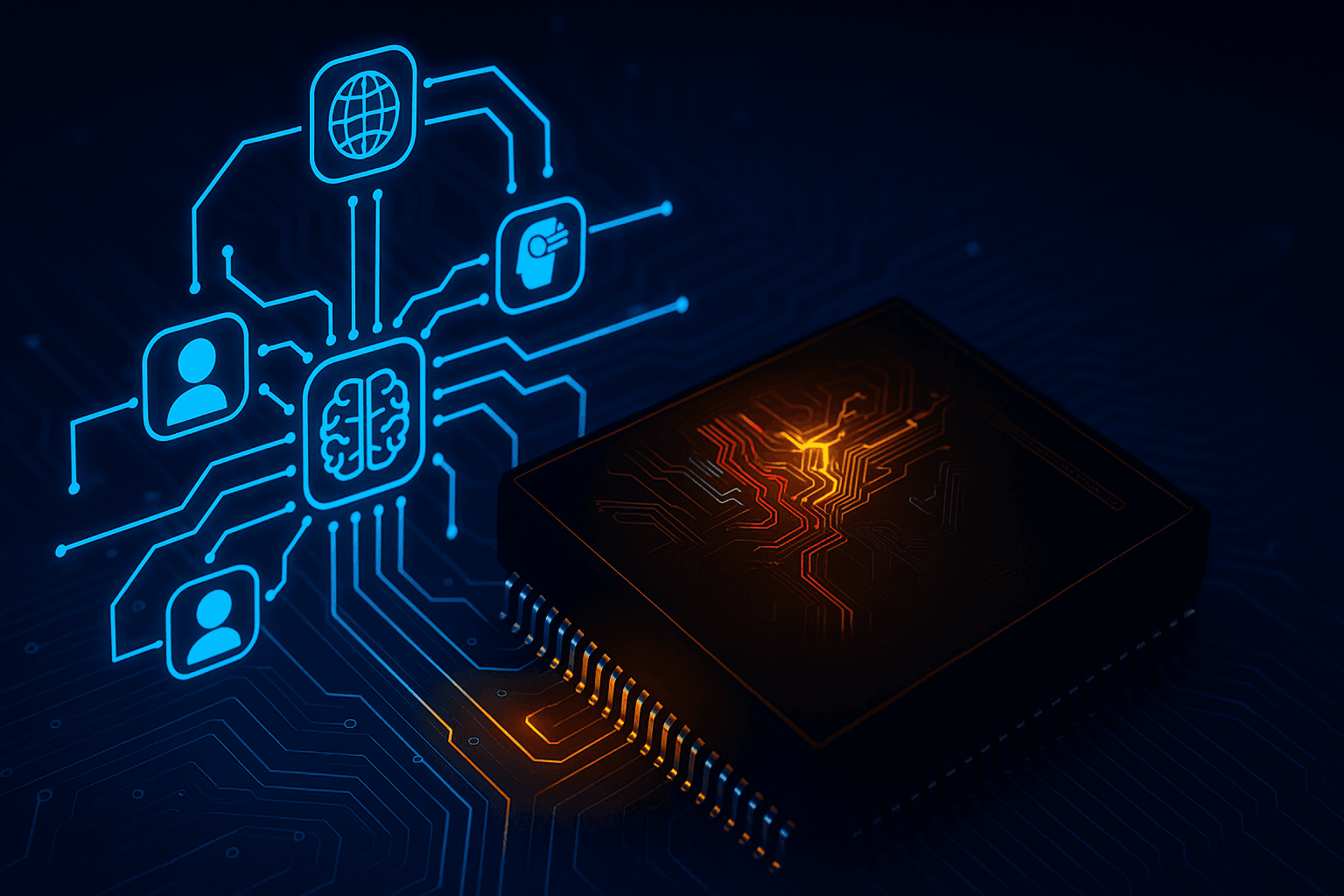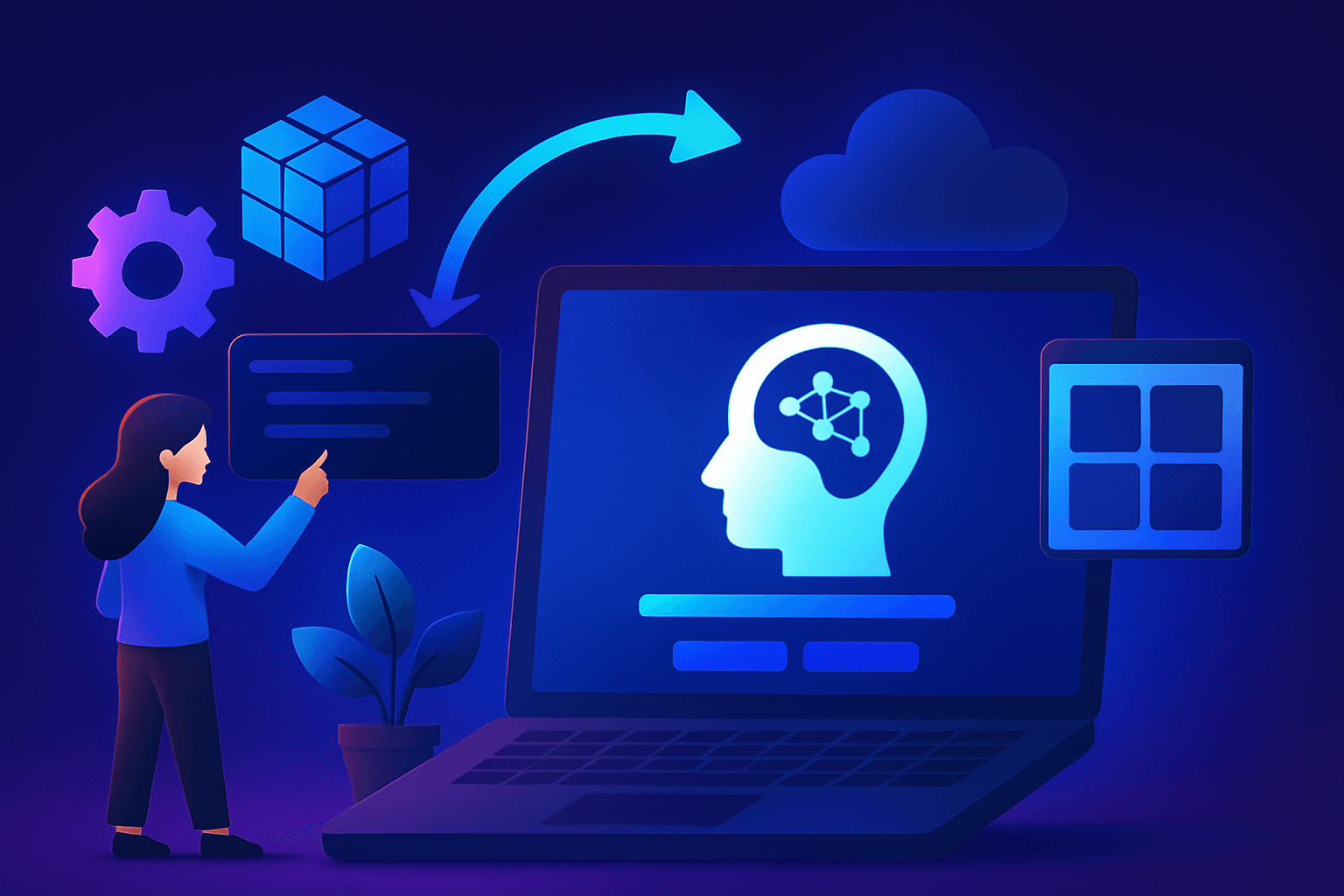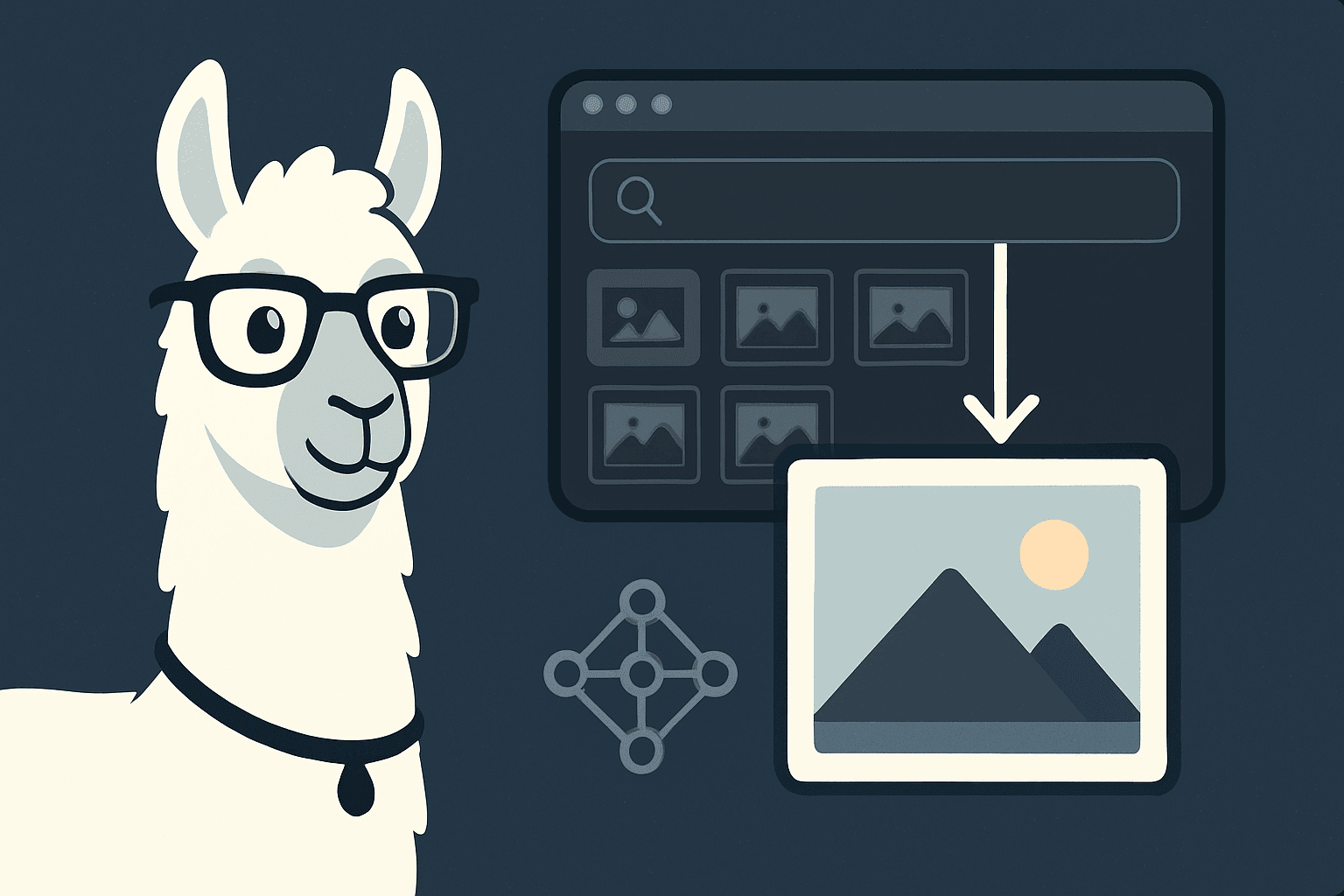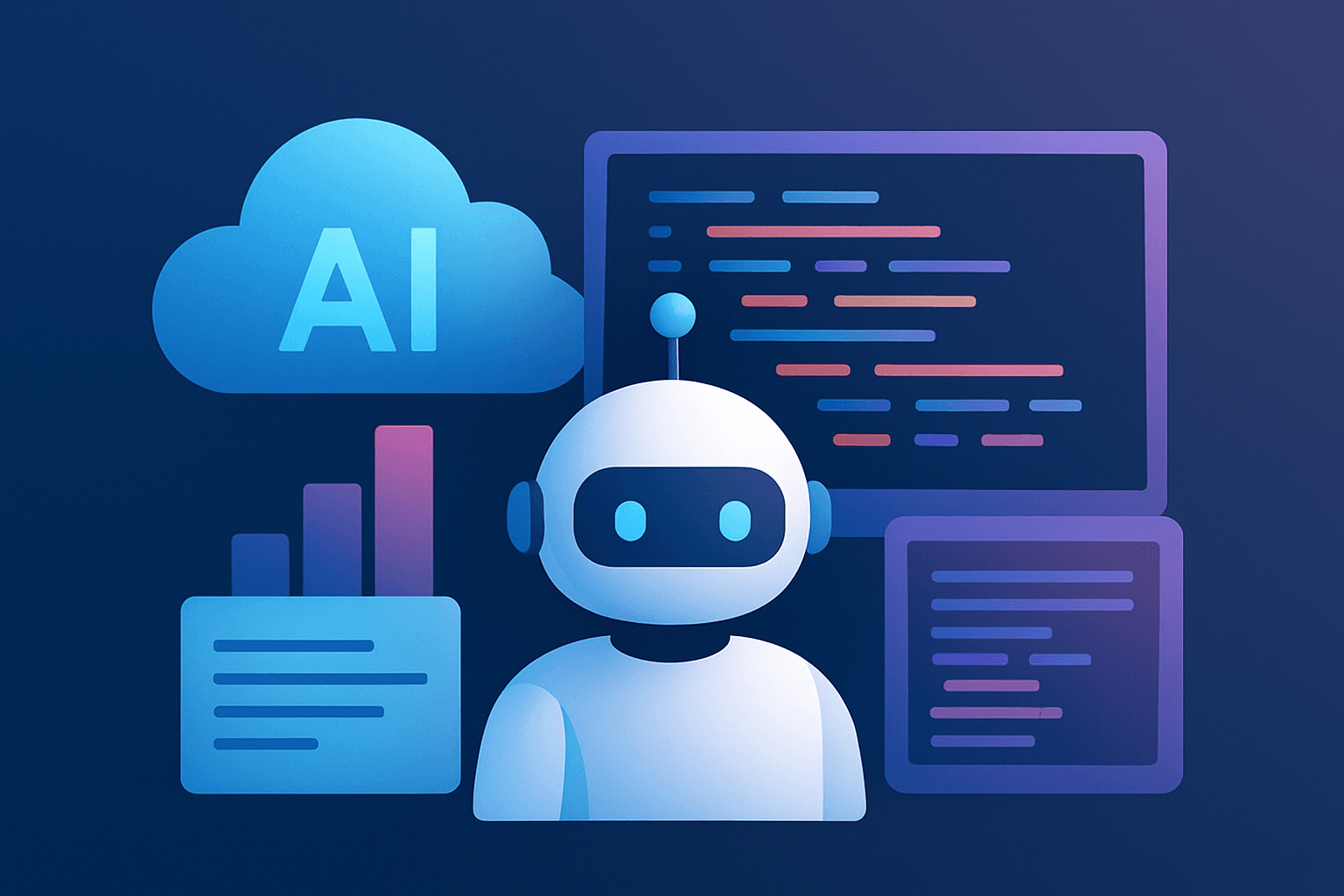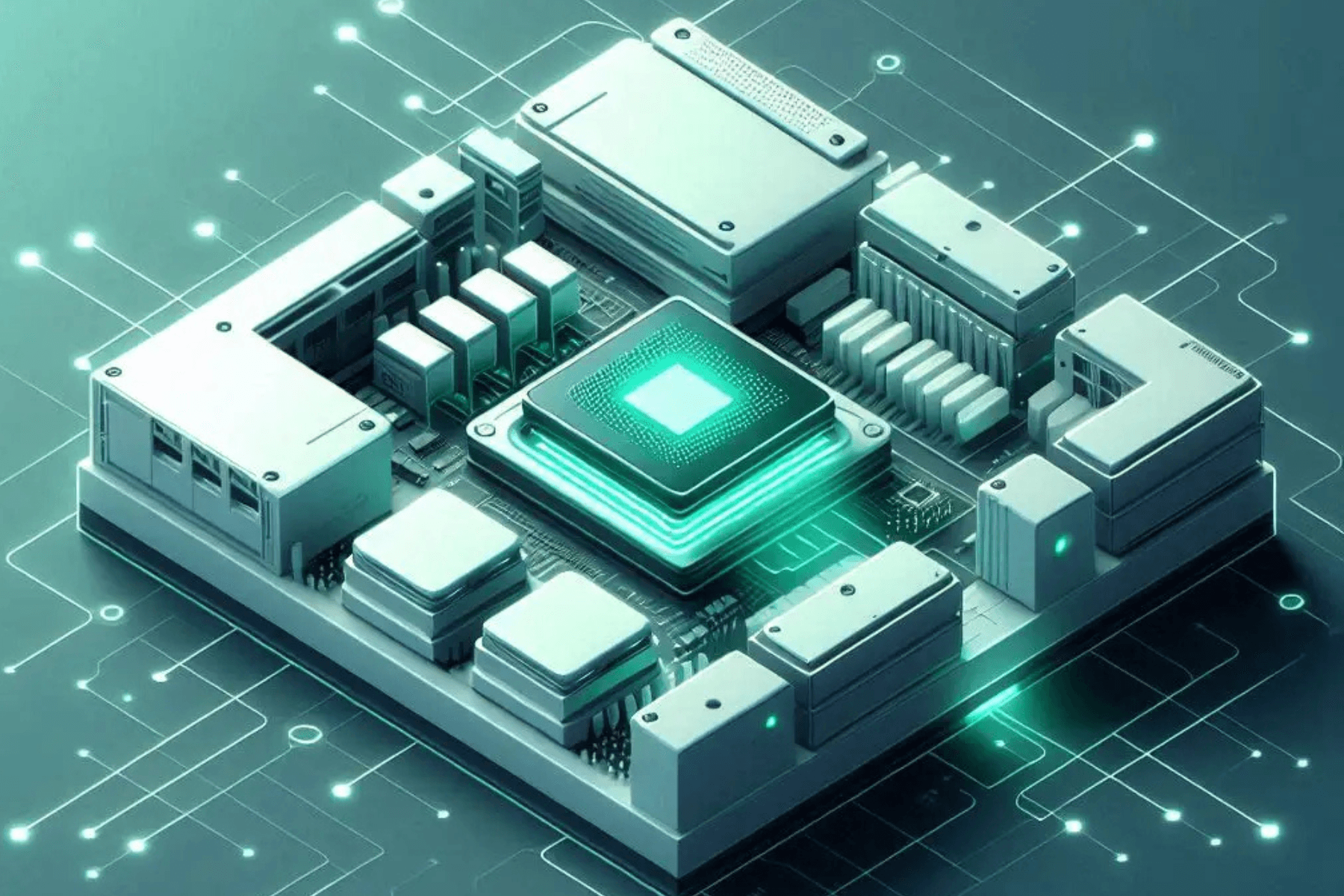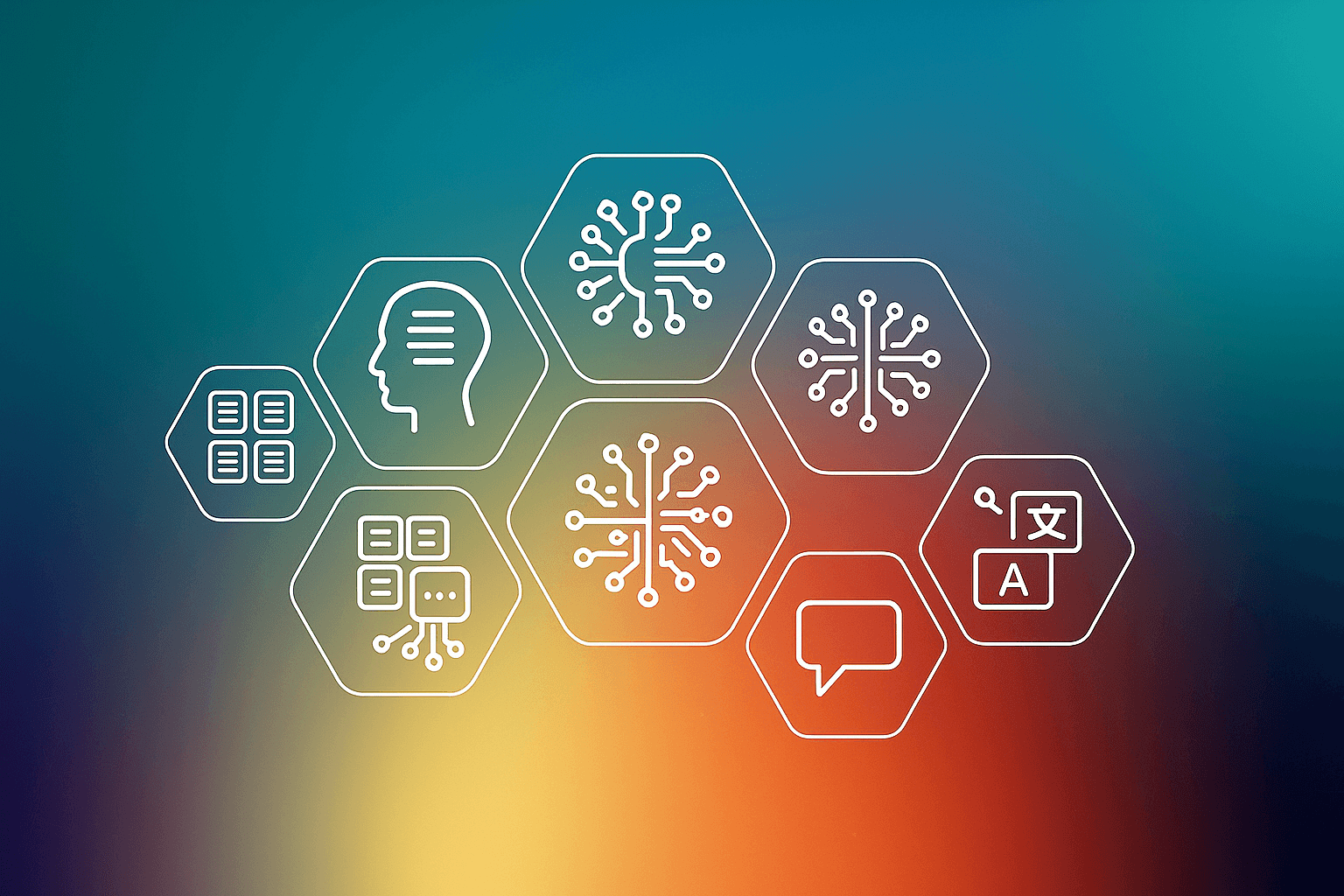Several open-source language models have arisen in the rapidly evolving field of natural language processing (NLP), each with its own features and capabilities. SAIL 7B, Guanaco 65B, Vicuna 33B, GPT4ALL, Dolly 2.0, OpenAssistant, FastChat-T5, and MiniGPT-4 are just a few of the models that are changing the way we engage with language-based systems.
These models excel at tasks like text generation, language understanding, and question answering. This is because they have billions of parameters and superior training methodologies.
They have the potential to improve the quality and accuracy of NLP applications while also encouraging collaboration and creativity among NLP practitioners. These open-source technologies are paving the way for accessible and adaptable NLP breakthroughs while ongoing research defines the future of language modeling.
Falcon 40-B
An open-source language model (LLM) that has become well-known in the LLM landscape around the world is Falcon 40-B, which was introduced by the Technology Innovation Institute (TII) in the United Arab Emirates. Falcon 40-B not only occupies the top spot among LLMs globally, it also leads the pack among royalty-free LLMs. Additionally, a smaller version known as Falcon 7-B is also usable. Here are some key features:
- Falcon 40B was trained on a dataset with about one trillion tokens, or 750 billion words, and has an astonishing 40 billion parameters.
- Notably, despite its impressive capabilities, Falcon 40B uses only a portion of the training computing power needed by GPT-3, Chinchilla, and PaLM-62B—75 percent, 40 percent, and 80 percent, respectively.
- Falcon’s training dataset includes research papers and social media chats, making it one of the best LLM at present.
Falcon-7B
TII’s Falcon-7B model is a powerful causal decoder-only model with 7 billion parameters. It was trained using a sizable dataset of 1,500 billion tokens taken from the RefinedWeb, which was then expanded upon using carefully chosen corpora. Falcon-7B is available under the Apache 2.0 license. It is a versatile tool and can adapt easily to be implemented in projects like creative writing, machine translation, and natural language processing. Falcon-7B supports processing in English and French.
You can learn how to implement Falcon-7B on E2E cloud here.
Search Augmented Instruction Learning (SAIL 7B)
SAIL 7B, created by a team of researchers, is a huge model containing 7 billion parameters. It is an important addition to the field of natural language processing, as is clear from the following points:
- It excels at a variety of language-related activities, including text production, language understanding, and machine translation.
- It has the ability to improve the quality and accuracy of language-based applications and research due to its large parameter count.
- It supports collaboration and innovation within the NLP community as an open-source methodology, supporting improvements in the field.
Guanaco 65B
Natural language processing has been transformed by the ground-breaking open-source language model known as Guanaco-65B. It was created by a cooperative research team and features:
- An amazing 65 billion parameters, allowing it to produce writing that is cohesive and contextually relevant across a wide range of themes.
- A useful tool for a variety of applications, including chatbots, virtual assistants, and language translation since it uses cutting-edge deep learning techniques to comprehend and answer complicated queries.
- Open-source design that enables community contributions and ongoing innovation, making it a viable tool for AI-driven text processing.
Vicuna 33B
An innovative open-source language model called Vicuna 33B has made a substantial contribution to the study of natural language processing.
The features of this model, created by a collaborative team, can be summed up under the following points:
- It has an amazing 33 billion parameters, allowing it to produce text that is both coherent and contextually relevant across a wide range of themes.
- It is an invaluable tool for applications like chatbots, virtual assistants, and language translation since it uses cutting-edge deep-learning techniques to grasp complicated questions and give precise answers.
- Its open-source structure promotes community participation and supports continual improvements, making it an effective AI language processing tool.
Generative Pre-trained Transformer 4 ALL (GPT4ALL)
GPT4ALL, a freshly released Nomic AI language model, is gaining traction in the NLP field because:
- It is based on the LLaMA model and is intended for commercial use (Caution is suggested, however, because the training data was generated via OpenAI's GPT-3.5 turbo API, which may raise legal concerns about data exploitation).
- It expands on the concept of fine-tuning by using a dataset of GPT-3.5 turbo prompt-response pairings. Notably, it is compatible with Apple's M1 and M2 CPUs, allowing it to be used in a variety of products.
- It performs similarly to other advanced models, demonstrating its ability to create high-quality responses for a variety of linguistic problems.
Recursive Multi-Level Knowledge (RMKV)
Recursive Multi-Level Knowledge, or RMKV, is a potent open-source Language Model (LLM). It is a major advancement in natural language processing. This is clear from the following points:
- With a focus on recursive learning, it is able to successfully incorporate knowledge from a variety of sources into its text creation.
- Because it is open-source, researchers and developers can interact, contribute, and continuously enhance the model.
- Its capacity to grasp complicated inquiries and offer cogent answers across a variety of topics shows significant promise for developing the discipline of AI language processing.
ColossalChat
In natural language processing, ColossalChat has established itself as an excellent open-source Language Model (LLM). Its important features can be summed up under the following points:
- ColossalChat can produce coherent and contextually appropriate text on a variety of conversational subjects thanks to its expansive architecture and large training dataset.
- This model excels at comprehending and replying to complicated inquiries by utilizing cutting-edge deep learning techniques. This makes it a useful tool for chatbots, virtual assistants, and dialogue systems.
- ColossalChat is an open-source initiative that promotes community interaction and advances the field of AI-driven language processing.
Dolly 2.0
Dolly 2.0 is a new open-source language model that has lately garnered popularity in the NLP field. Dolly 2.0, created by a team of academics, expands on the success of its predecessor by providing increased capabilities. Its important features are as under:
- It achieves outstanding performance across a variety of linguistic tasks by utilizing advanced techniques such as unsupervised pre-training and fine-tuning.
- Dolly 2.0 excels in tasks such as text generation, sentiment analysis, and question answering thanks to its enormous model size and extensive training on varied datasets.
- Because of its open-source nature, it is easy to customize and integrate into many programs, making it a great resource for researchers and developers.
OpenAssistant
OpenAssistant, created by a committed team of researchers, is a strong open-source language model (LLM) that has gained traction in natural language processing because of the following reasons:
- It has a wide range of capabilities, including text generation, question-answering, and language interpretation.
- With thorough training on big datasets, OpenAssistan demonstrates exceptional performance and adaptability.
- Because of its open-source nature, it enables community contributions and customization. This makes it a useful and accessible resource for developers and academics working on intelligent conversational agents and other language-driven applications.
FastChat-T5
FastChat-T5 is a cutting-edge open-source language model that focuses on providing efficient and quick responses in conversational scenarios. Its important features are as under:
- It is based on the T5 model architecture and offers remarkable speed and responsiveness while retaining a high degree of performance.
- It performs well in various conversational tasks, including chitchat, question answering, and dialogue production.
- FastChat-T5 is a suitable solution for real-time applications and resource-constrained situations due to its lightweight architecture and optimized inference method. This allows developers to create smooth conversational experiences with minimal latency.
MiniGPT-4
The main features of MiniGPT-4 are as under:
- It is a robust open-source language model that extends GPT-4's capabilities to smaller-scale projects and resource-constrained contexts.
- It is based on the GPT-4 architecture, is a tiny version of the model with excellent language creation and understanding capabilities.
- It strikes a compromise between performance and resource efficiency thanks to its decreased parameter count.
- It's ideal for jobs like text completion, summary, and creative writing. Because it is open-source, developers can use GPT-4's powerful capabilities in a more lightweight and accessible manner.
Conclusion
Finally, the advent of open-source language models in the field of natural language processing has resulted in substantial advances and opportunities for researchers, developers, and businesses alike.
Text generating, language understanding, and question responding are all capabilities of models such the SAIL 7B, Guanaco 65B, Vicuna 33B, GPT4ALL, Dolly 2.0, OpenAssistant, FastChat-T5, and MiniGPT-4.
These models are promoting collaboration, innovation, and customization within the NLP community due to their enormous parameter counts, innovative training approaches, and open-source nature.
You can easily build, train and launch any open source LLM on E2E Cloud. For running GPU-based workloads, E2E Cloud offers adjustable hourly pricing. NVIDIA GPUs, which are renowned for their performance and affordability, are supported by E2E Cloud. With us, you can take use of GPU power to speed up training and shorten time-to-market.
Learn more about it here.
